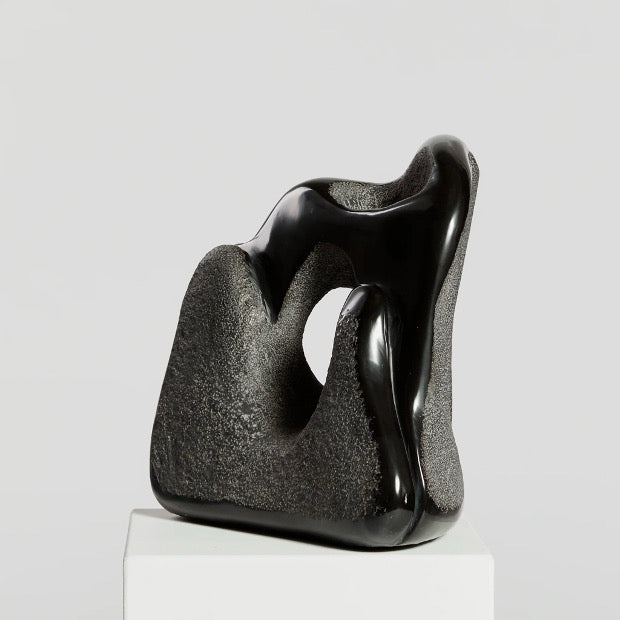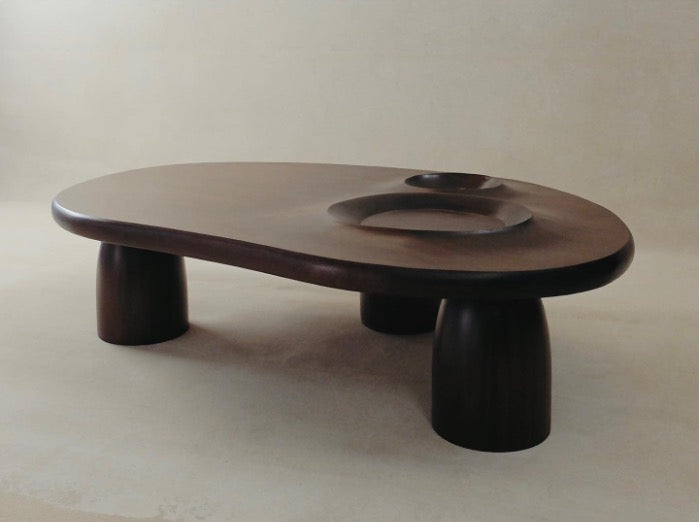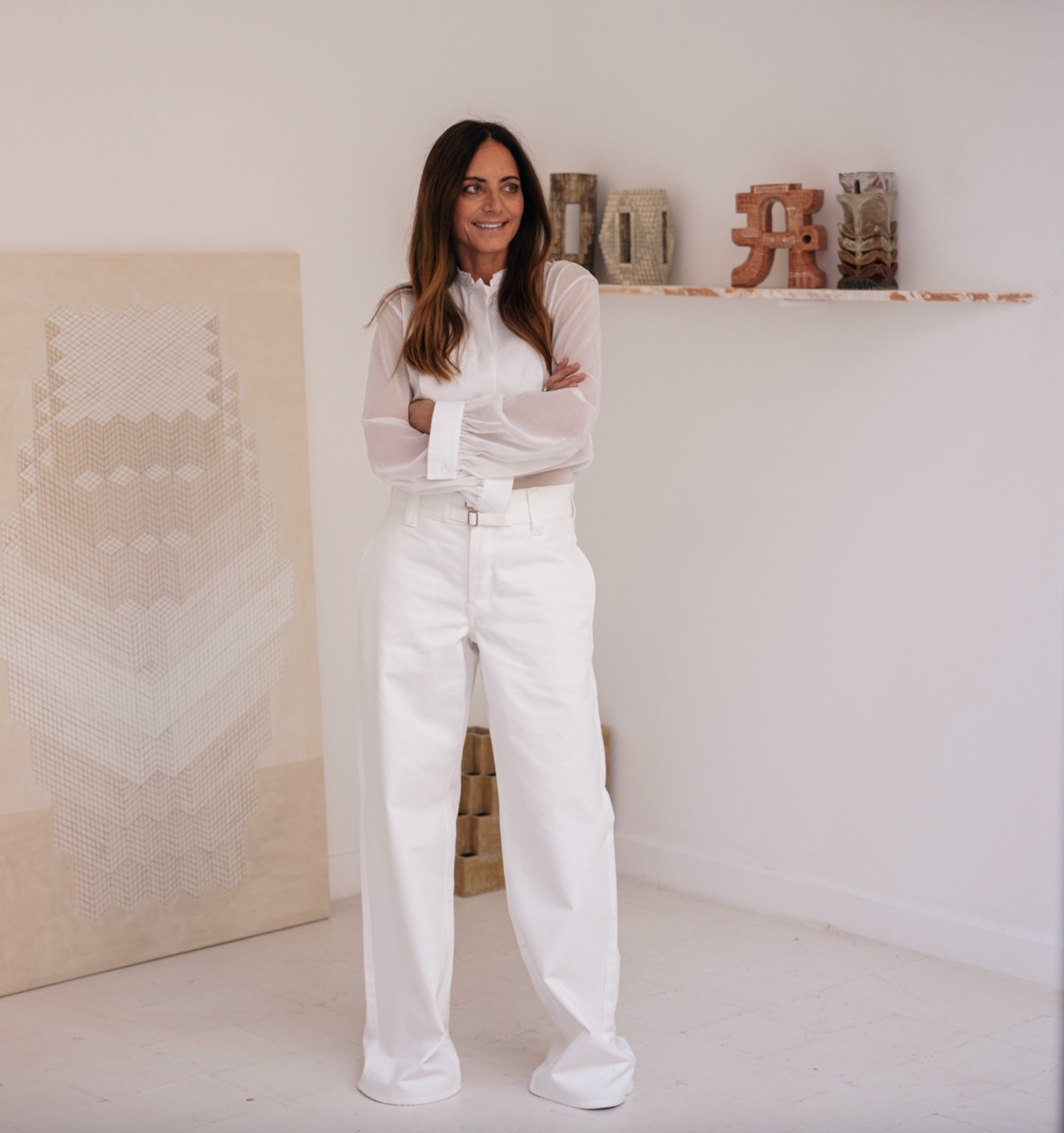Monument, established in London by New Zealanders Leah Forsyth-Steel and Victoria Spicer, serves as a meticulously curated gallery showcasing vintage furniture and art-inspired objects, challenging the fast homewares trend by promoting responsible production and consumption.
The curation process for the duo is influenced by factors such as form, material, craftsmanship, and architectural importance, with each item chosen for its unique story and enduring appeal. Notable collaborations include renowned designers and emerging artists, showcasing a diverse spectrum of talent.
In an era of digital dominance, Monument believes that galleries have a vital role in fostering meaningful conversations between artists and audiences. They aim to inspire thoughtful design and the concept of creating one's home as a museum, emphasizing intention and longevity.
Monuments vision extends beyond conventional boundaries in the art and design world, celebrating the intersection of art and interiors, where functionality becomes a work of art. Join us as we explore their passion for curating pieces with gravitas and redefining the relationship between art and daily life, and today, we have the privilege of delving into the world of Monument :
Can you discuss your gallery's guiding philosophy for curation and the process by which you select artists or designers to represent?
A monument is a commemoration of a moment in time. Every piece we add to our environment should be selected with consideration, speaking to who we are at that moment, yet with the intention that it will become an enduring acquisition.
Guided by form, material, craft and architecture, Monument is a collection of curated furniture and art-led objects. Each item is individually chosen for its story, its personality and its permanence.
Are there any particular artists or designers you've collaborated with whom you're especially proud to have featured in your gallery?
We source and sell existing works, some attributed and some not.
A number of stand-out pieces that have passed through our hands from different corners of the globe and spanning various decades. We have certainly championed designers such as Mario Botta, Rennie Macintosh and Kazuhide Takahama, but for us, a naive unknown artist-made chair evokes as much excitement and pride, as showcasing design history’s heavy hitters.
We are extremely fortunate to have acquired a rare suite of sculptures carved by Geoffrey Harris, an assistant to one of the UK’s greatest sculptors of his time, - Henry Moore.
Recently we have an extensive collection of works from the late Belgian sculptor Michel Hoppe.
How do you see the role of galleries evolving in the future of the art and design industry?
We believe the role of a gallery is to hold conversations, between artists and their audience. Now with the exponential rate of change in our society and the concerns that face us (social and climate impact) galleries have the opportunity to hold space for people to speak peer to peer - a safe environment to share views, inspiration and challenging ideas.
At this moment in time, the gallery sphere has the opportunity to celebrate and champion thoughtful design and the real life craft that executes it - a notion that is threatened amongst a world of NFT’s, digital and AI. It can provide an antidote to the increasingly digital lives we’re living.
What kind of narratives or dialogues are you trying to initiate through the exhibitions and artists you feature?
We’re passionate about sourcing pieces that have a certain gravitas in their form and material. We are interested in the dialogue around permanent collections, that ones home is a museum - in that one should acquire items with thought, intention and longevity in mind. We want to serve these buyers and inspire the broader audience, through our curation and re-contextualisation.
In what ways does the gallery seek to push boundaries or challenge conventional norms within the art & design world?
We are interested in the intersection of art and interiors - in which something functional can be interpreted as a work of art. Equally celebrated for its form and the designers intention/vision.


